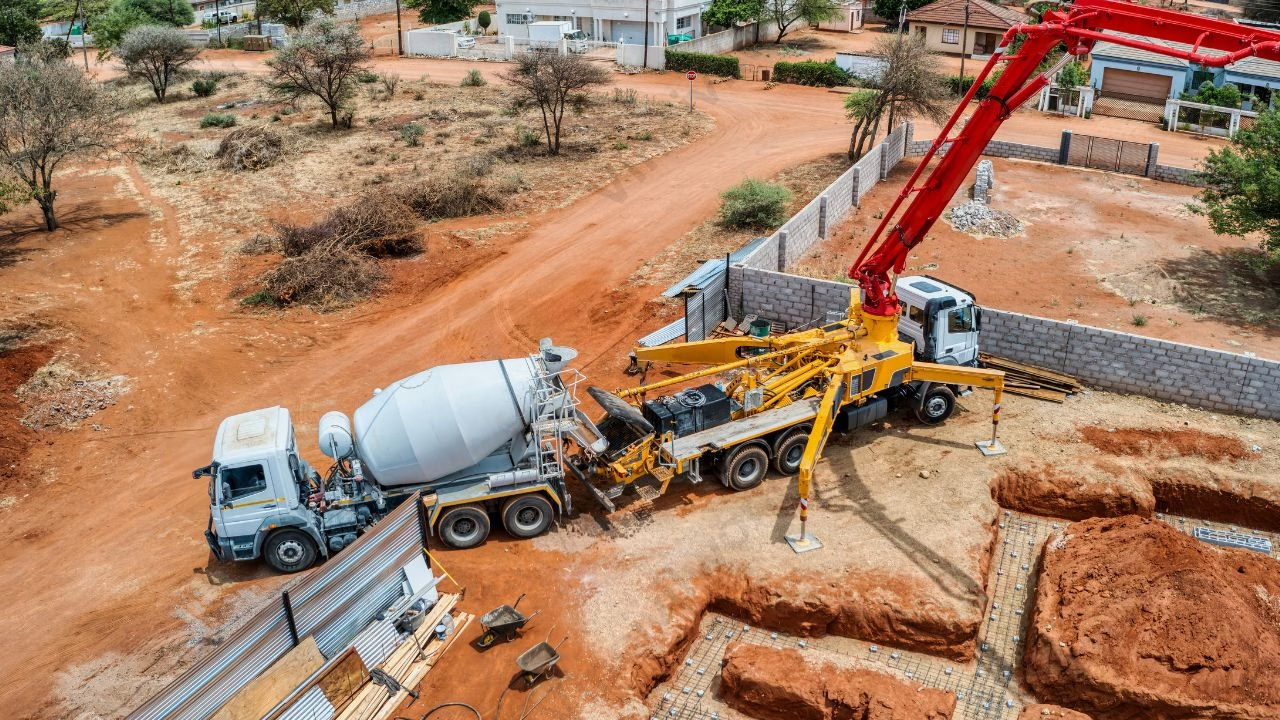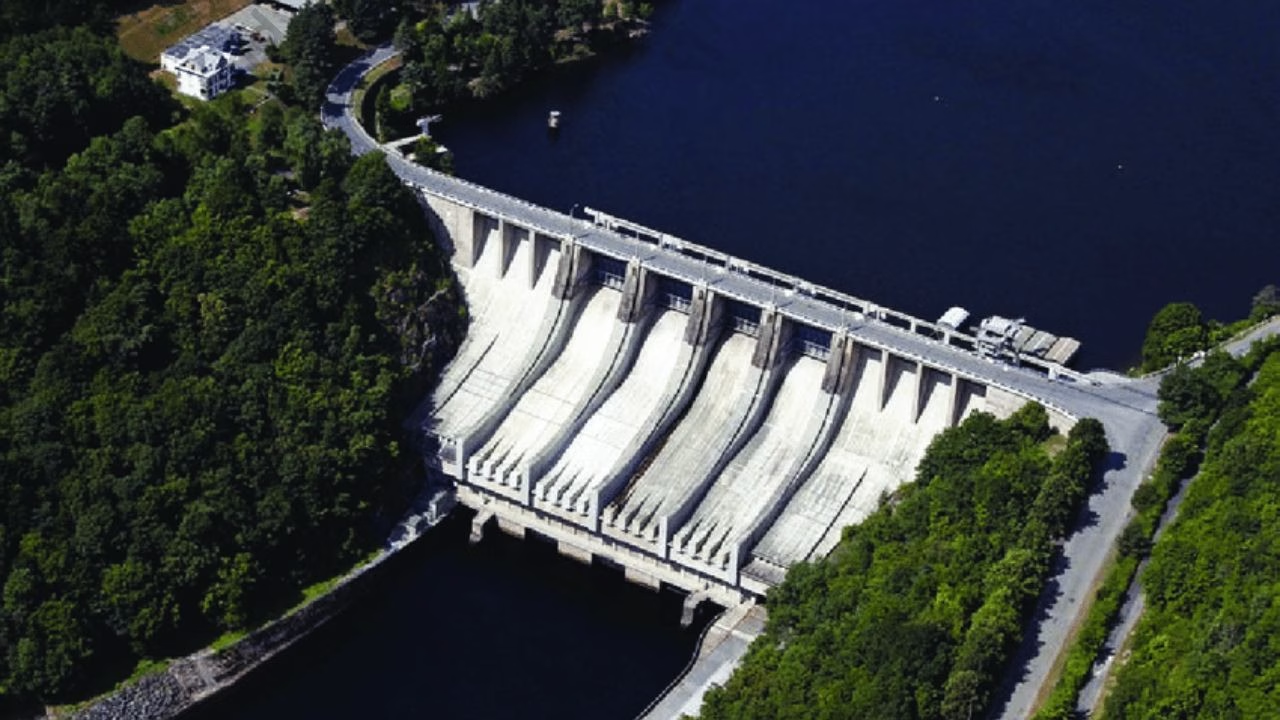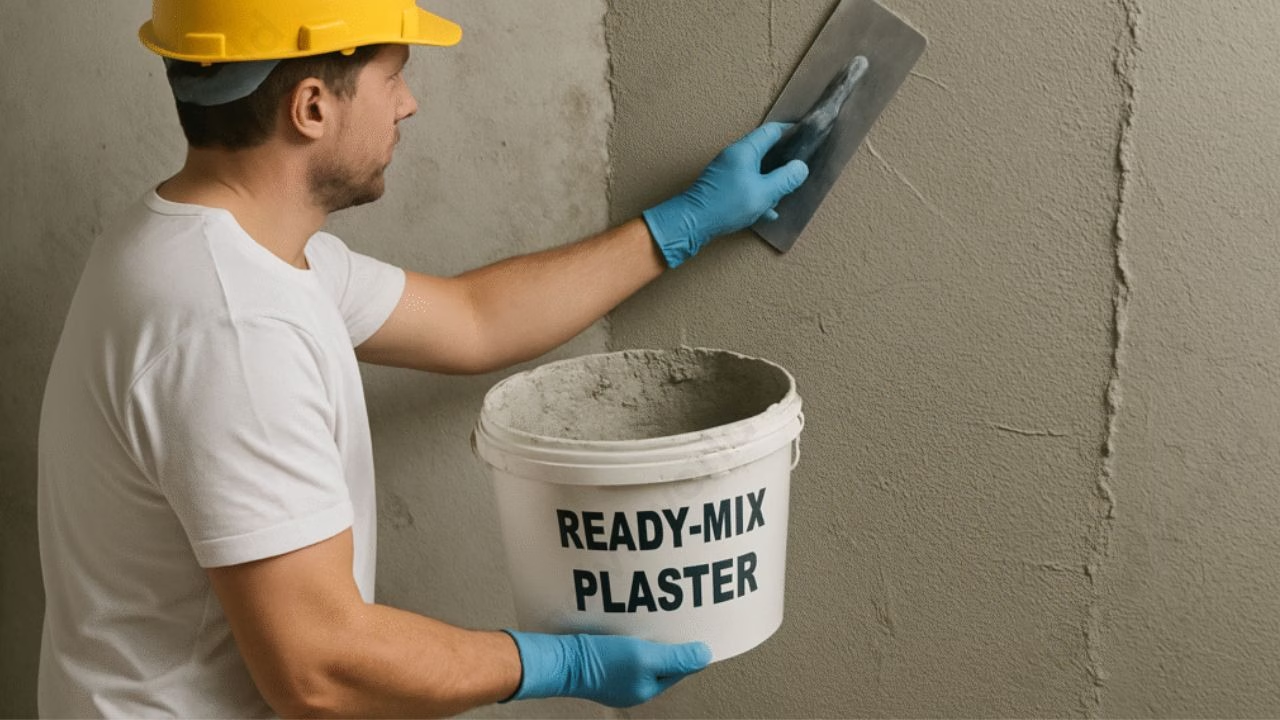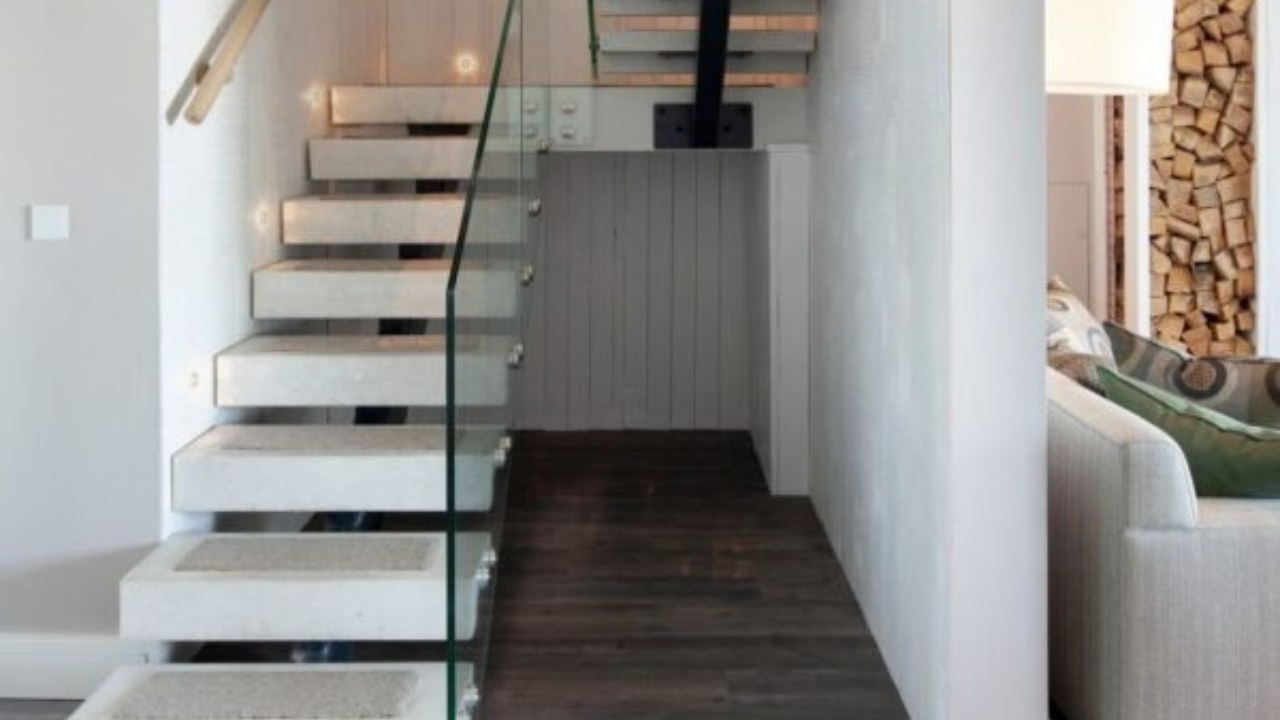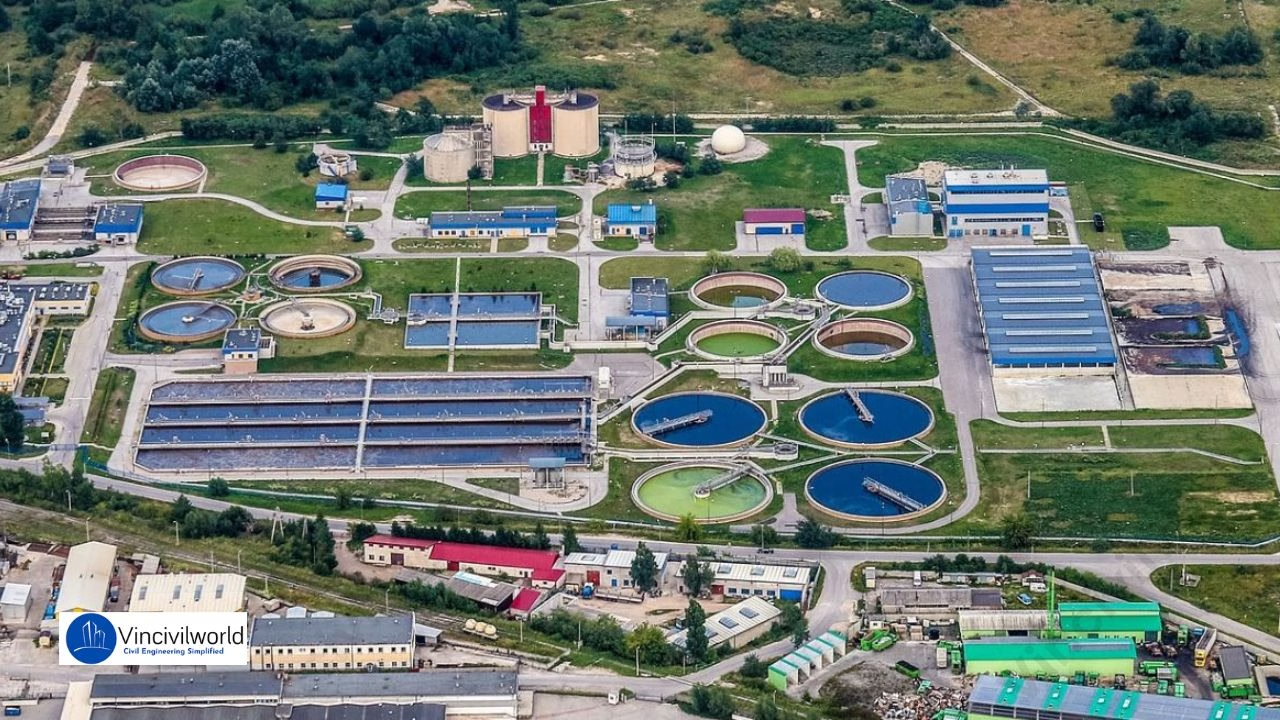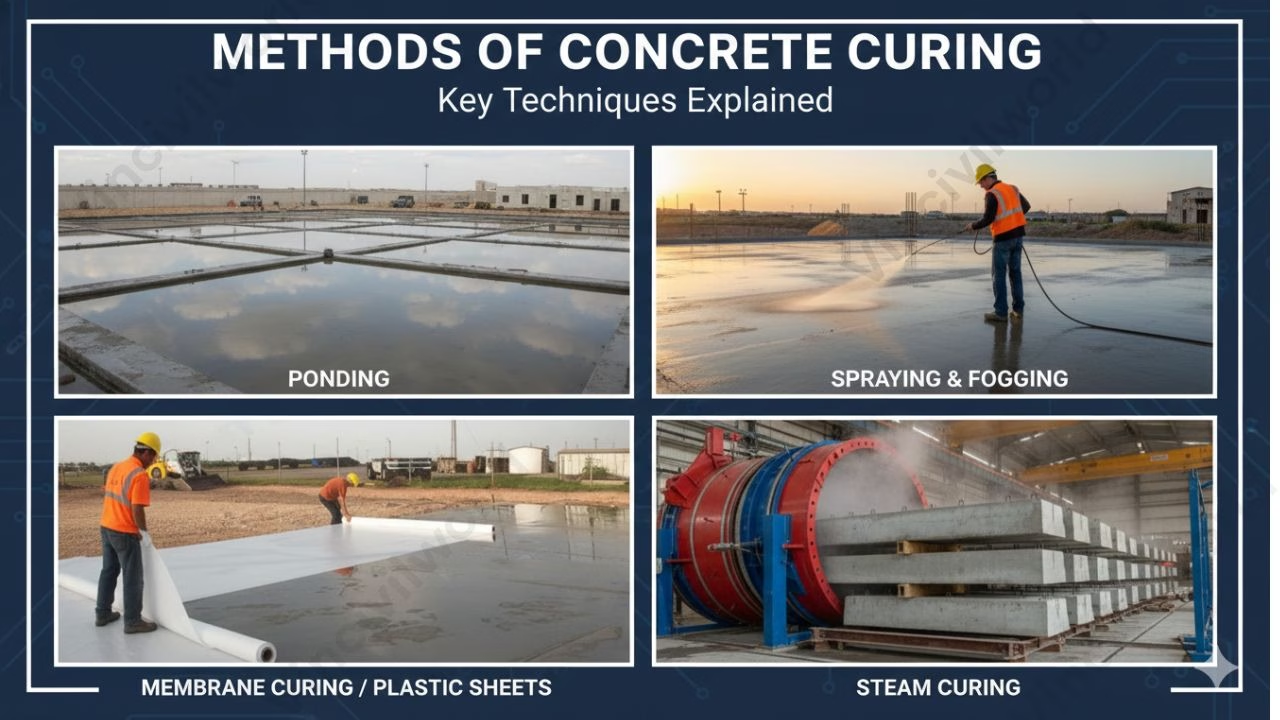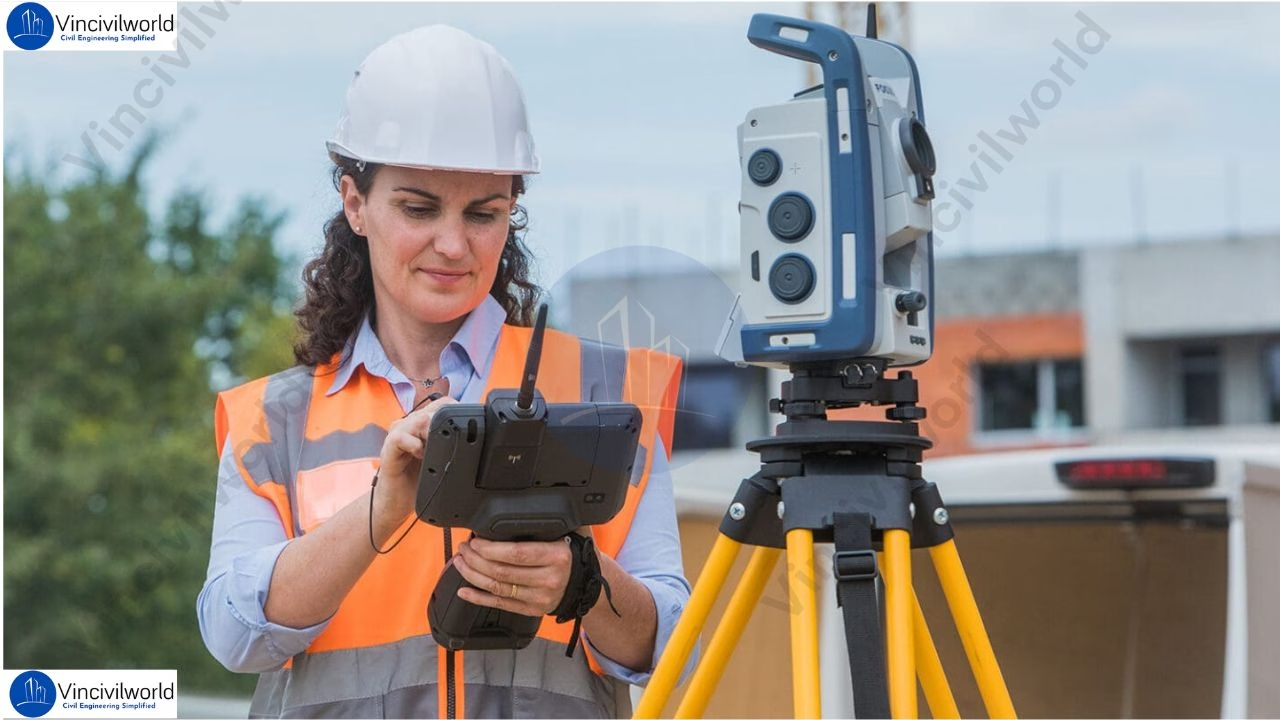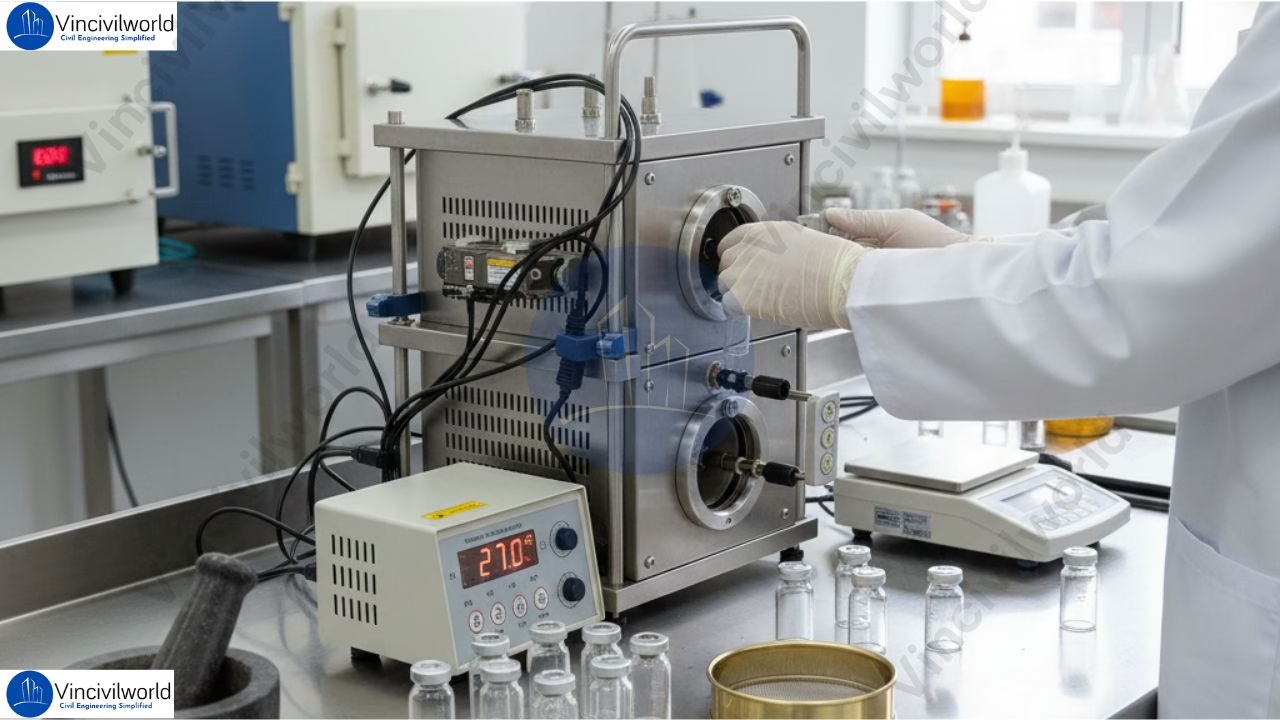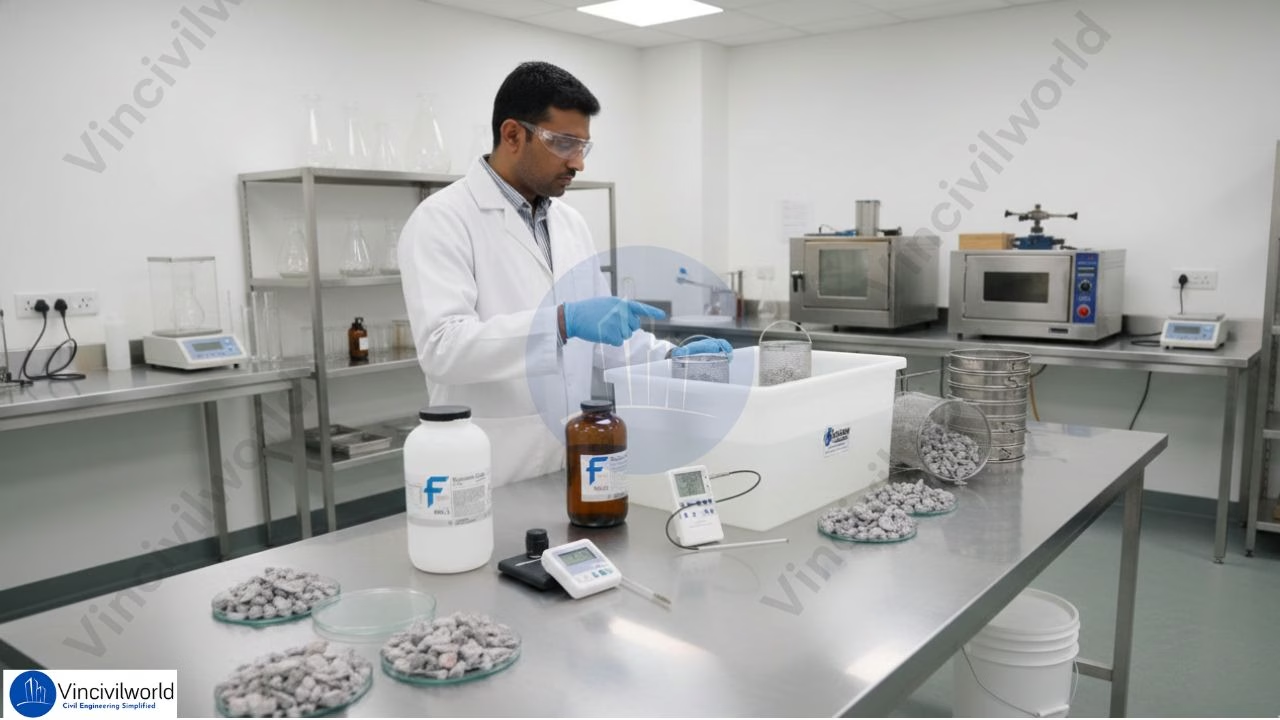Types of dams play a crucial role in water storage, flood control, irrigation, power generation, and environmental protection. Engineers use different classification of dams based on several criteria to select the best structure for a specific project site. One common approach is to classify dams by the types of dams based on material, such as earth dams, rockfill dams, masonry dams, and concrete dams. Another important method includes types of dams based on function, like storage dams, diversion dams, and detention dams. Additionally, dams are grouped by hydraulic behavior, which refers to types of dams based on hydraulic design, such as overflow and non-overflow dams. Understanding these categories helps engineers make the right design decisions depending on topography, geology, hydrology, and project needs. This article explains all major different types of dams used in construction with clear examples and applications.
Like this:
Like Loading...


